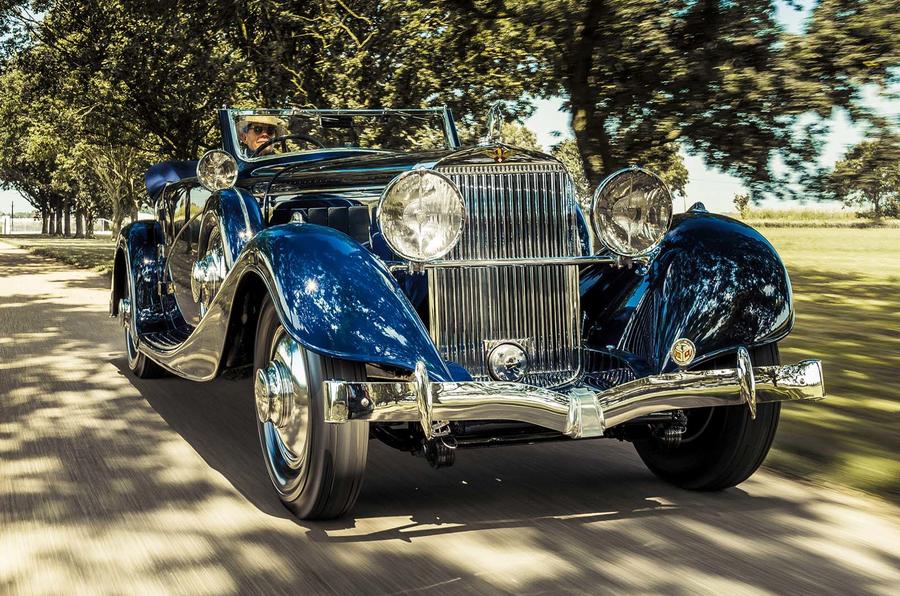“The mere mention of the name Hispano-Suiza suggests a car of the highest quality. Thus, when it is announced that this firm has decided to market a 12-cylinder model, one naturally expects to find something of more than ordinary interest.
"In this respect, one is not disappointed, for that designed by Marc Birkigt is a car of exceptional merit,” we reported ahead of 1931’s Paris motor show.
The engine the Swiss genius had created for the Spanish company’s new J12 flagship was a 60deg V12 of a square 9424cc that used some aeronautical techniques (he had designed a V8 that powered French and British fighter biplanes in World War I) and was “remarkable for its cleanliness of design and the accessibility of the auxiliaries”.
Three years later, we could barely contain our excitement as the British importer gave us a cabriolet bodied by Vanvooren of Paris – where the chassis had also been produced, Hispano-Suiza having opened a factory there back in 1911 – for a road test.
Enjoy full access to the complete Autocar archive at themagazineshop.com
“It is a car of which a true perspective cannot possibly be rendered in a few words,” we said. “Figures alone can tell the greater part of the story. The set obtained on this car are of an amazing order, surpassing, as a whole, any similar set of test data recorded by The Autocar for an ordinary production machine.”
This was no shock when it had that vast engine making more than 200bhp – beaten only by Bugatti’s Royale straight eight, which wasn’t really relevant, being so expensive that just seven were ever made.
That sounds weak today when even a Volkswagen Polo GTI makes 200bhp, but consider that Austin’s 1934 Ten family saloon had 20bhp.
“But the point of this car is not just that it is capable of a genuine 100mph – the best of several runs taken at Brooklands, on the level and against a quite strong wind. It is that there is no effort whatsoever.
“It runs on a very high top gear ratio, and probably the engine does not have to develop anything like the full amount of power that would actually be possible with its size, so that the car does 90 or 100 in literally as easy a fashion as a car of lesser size will do 60 or 70.
“Yet the significance of even these figures is not easily grasped. The car has to be tried to be believed, and the tremendous ease of the performance, as well as its vivid nature, appreciated.”
Our J12 had the shortest of the four chassis, but even this made it one of the largest cars around – and yet “certainly it does not feel unwieldy, for the steering is light and desirably accurate, the front wheels being felt to some extent through the steering wheel but not excessively, whilst the gear change, with a synchromesh for second and top, can be handled very rapidly, with a single [press] of the clutch pedal, or quite lazily.






Join the debate
Add your comment
Jebus Autocar, a bit mean providing only one pic of one of the most impressively beautiful cars ever made!